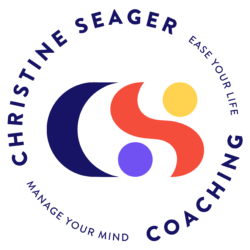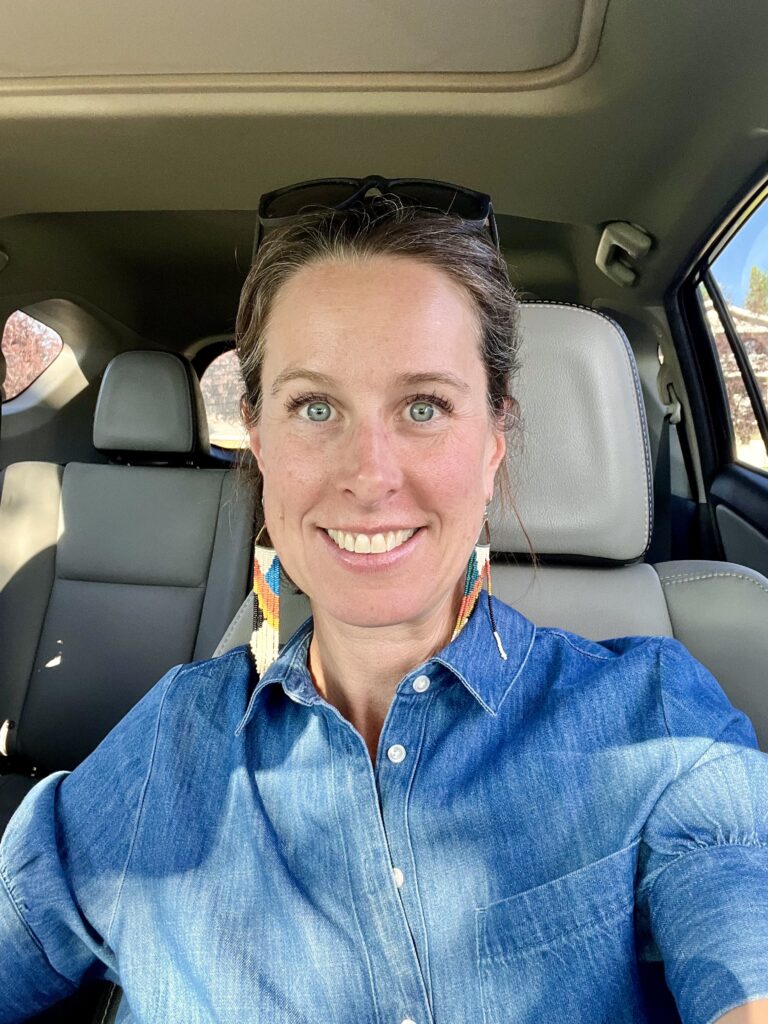What if you could decide RIGHT NOW how you want to feel this holiday season?
Not how you think you should feel or how you’ve always felt in the past—but exactly how YOU want to feel.
For healthcare workers, the holidays can feel like a blur. Long shifts, missed family gatherings, and the weight of taking care of everyone else can leave you feeling drained before you’ve even started. Add in the pressure to make everything perfect at home, and it’s no wonder the holiday spirit feels out of reach.
But here’s the truth: those holiday feelings we’re chasing—whether it’s joy, connection, or calm—don’t just happen by chance. We create them.
That means you have the power to create the exact holiday experience you want this year—even if you’re juggling shifts or navigating a packed schedule. Here’s how:
Step 1: Decide How You Want to Feel
Take a moment to think about the feeling you want to create this holiday season. Forget about the to-do list or the expectations. Close your eyes and imagine:
✨ Do you want to feel calm and cozy?
✨ Excited and joyful?
✨ Connected and full of love?
It might help to picture yourself at the end of the holiday season. How do you want to look back and feel about the time you spent? Be specific. Choosing the feeling you want is the first step to making it happen.
Step 2: Focus on What Creates That Feeling
Now that you know how you want to feel, it’s time to take action. The key here is to focus on what creates that feeling for YOU—not what Instagram says or what your family expects.
Here are some examples:
- Calm and Cozy: Slow things down when you’re off the clock. Say no to commitments that feel more like obligations. Light a candle, grab your favorite blanket, and watch that holiday movie you love. Let it be simple.
- Excited and Joyful: Crank up the holiday music and dance around your kitchen after a long shift. Plan something fun just for YOU—like a morning walk to see holiday lights or a drive-through coffee treat before work. Joy often comes from the little things we let ourselves enjoy.
- Connected and Full of Love: Reach out to people who matter to you in small but meaningful ways. Write a quick note to someone you haven’t spoken to in a while or plan a video call with loved ones if you’re working during the holidays. It’s about small, intentional moments.
The magic happens when you intentionally align your actions with the feeling you want to create.
Step 3: Shift Your Focus When You Get Off Track
Even with the best intentions, the holidays can throw curveballs. A patient crisis, family drama, or your own perfectionism might try to derail your good vibes.
This is where your focus becomes your superpower. Instead of spiraling into frustration, gently ask yourself: “What can I focus on right now to create [insert your feeling]?”
For example:
- If a coworker’s attitude frustrates you during your shift, refocus on gratitude for the opportunity to make a difference in someone’s life.
- If family drama threatens your peace, remind yourself of the joy you can create in the small moments—like sharing a laugh with your kids or savoring a quiet cup of tea.
- If the holiday chaos feels overwhelming, ask, “What’s one thing I can do right now to feel calm?”
Redirecting your focus is like resetting the holiday playlist in your mind. You can’t control everything, but you CAN control where your attention goes.
Step 4: Give Yourself Permission to Enjoy
So often, we hold ourselves back from enjoying the holidays because we feel like we haven’t done enough. Maybe you didn’t bake those cookies from scratch or finish every gift perfectly wrapped. But the holidays aren’t a test.
Give yourself permission to soak up the moments that matter. Let go of what doesn’t.
Remember, you’re not chasing perfection—you’re choosing presence.
For nurses and healthcare workers, this might mean embracing unconventional celebrations. Maybe your family’s holiday dinner is takeout on your lunch break—and that’s okay. Joy doesn’t come from the details; it comes from the intention.
What Will Your Holiday Feel Like?
This holiday season doesn’t have to be like every other year. You don’t have to wait for the perfect circumstances to feel the way you want to feel.
You can decide, right now, what you want to feel—and create that feeling on demand. By focusing on what matters, choosing intentional actions, and giving yourself permission to enjoy, you can design a holiday that feels like magic.
So, what feeling do YOU want to create this holiday season?
Let’s Make It Happen
If you’re feeling overwhelmed or unsure where to start, let’s talk. Coaching can help you figure out exactly how to create the holiday experience you’ve been dreaming of—without the stress or overwhelm.
Book a complimentary consultation today, and let’s design the life you love, one intentional step at a time.
Don’t let another holiday pass you by. Let’s create something extraordinary together—starting now.
As part of the benefits offered at Logan Health, employees get free coaching sessions.
Or, if you are not a Logan Health Employee, you can book a consultation to learn how to work with me.



